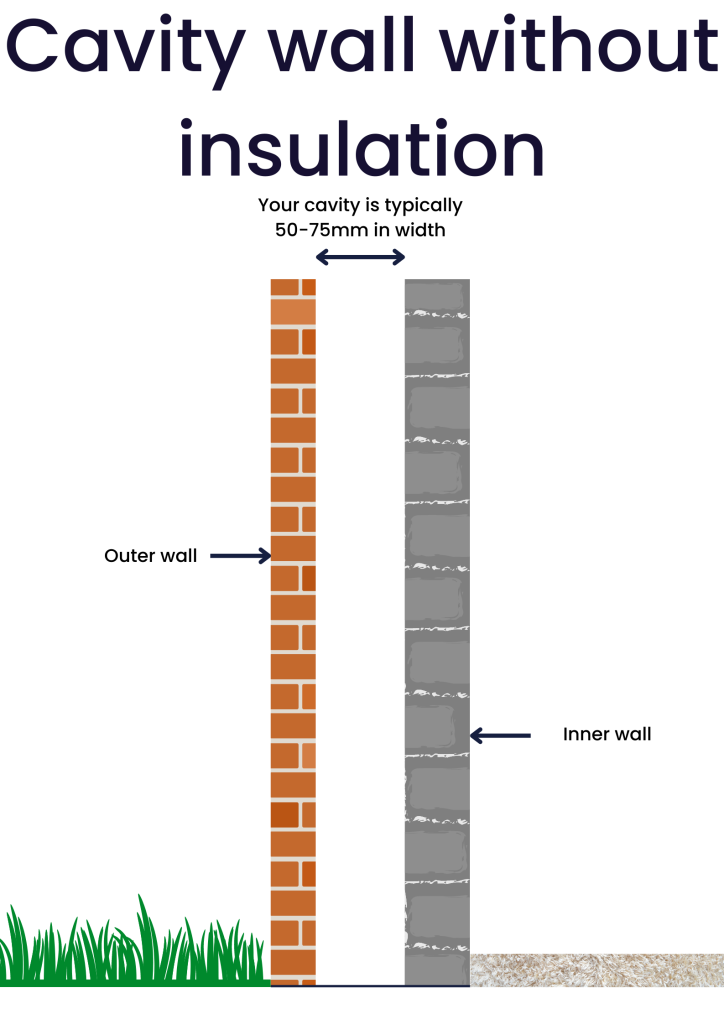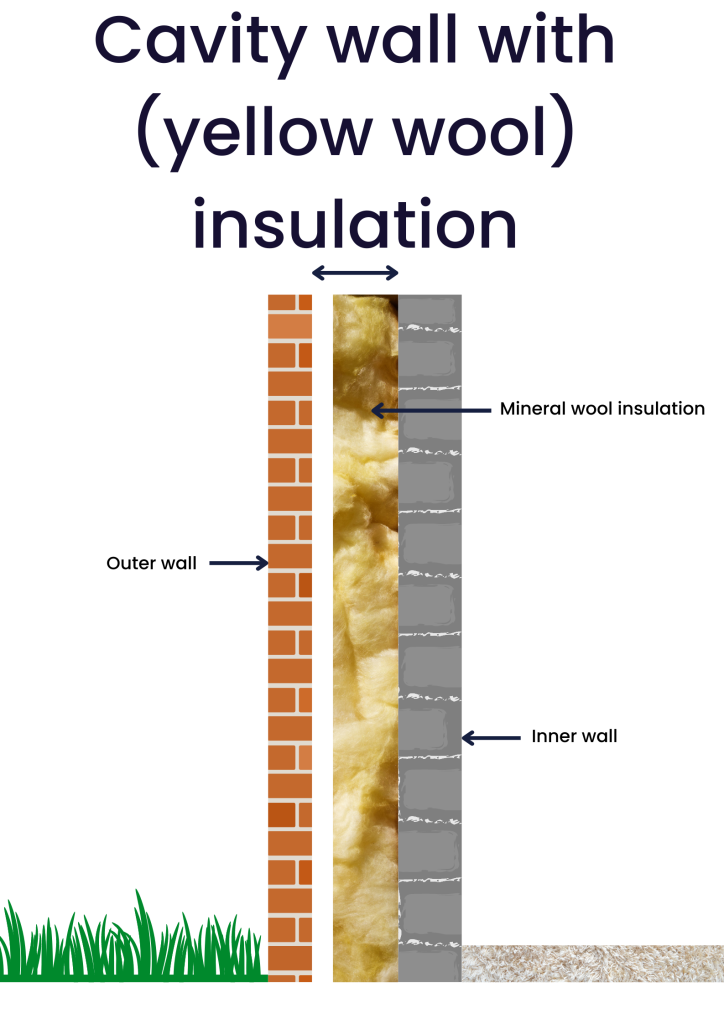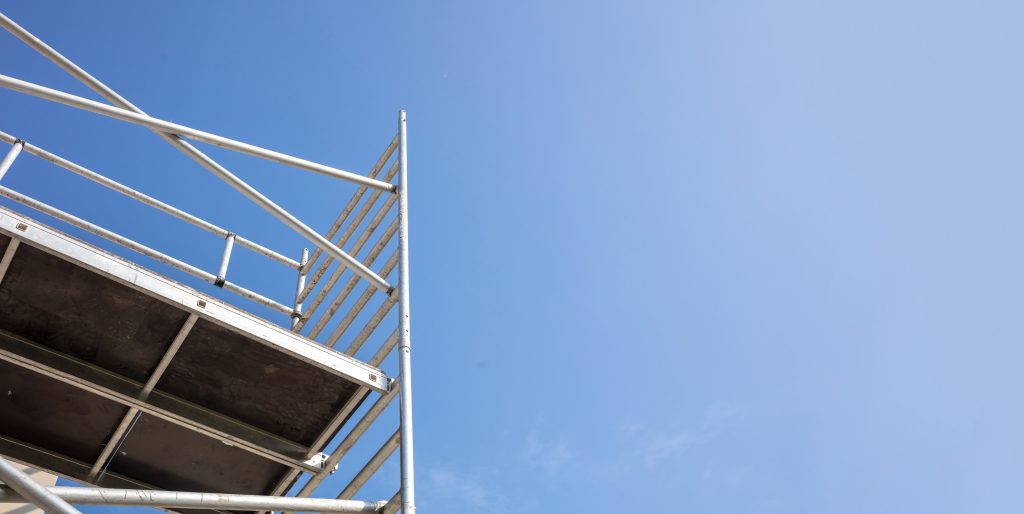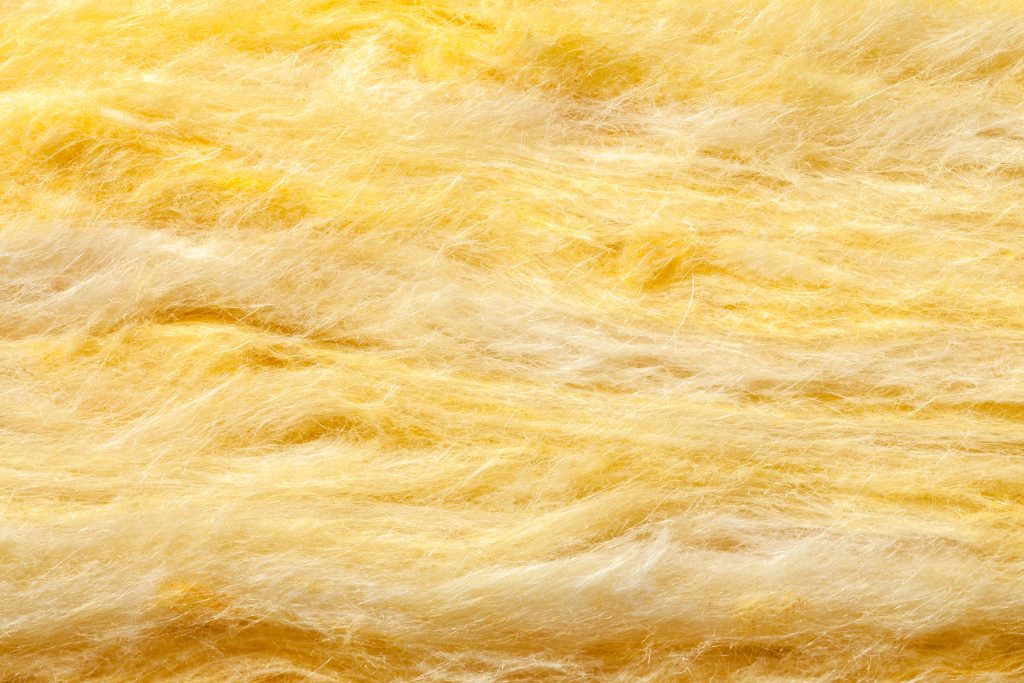A coastal facing gable end could be the deal breaker between you, and your cavity wall insulation. In the same sort of light as the seaside properties, having cavity wall insulation in your gable end is definitely the wrong choice. The gable end of your home is the side with the most wall surface area, where each side of your roof meets. In easy terms, the side of your home with the most cavity wall insulation. So, if it’s exposed to wind-driven rain from the coast, it’s more than likely to cause damp in your home, costing you more money than it’s worth.
If your home is timber, or steel framed, do not, I repeat, DO NOT have cavity wall insulation. Both of these structure materials need sufficient airflow, provided by the cavity of your home. Insulating your cavity reduces this airflow. “But why is airflow for these materials so important?”. Basically, the reduced airflow encourages the development of damp and condensation around these materials.
So what? This won’t just cause damp and mould in your cavity and your home. It will eventually lead to wood rot with the timber frame and corrosion with the steel. Again, so what? This actually makes your home totally, structurally unsafe to live in. What’s more, if a surveyor comes to check your property, it will be deemed structurally unsafe. So, if you’re thinking about selling your home, forget about it! At least until the insulation has been removed.
The condition of your cavity is very important. Rubble and dirt in your cavity? Please have it removed before insulation. Your installer should recommend this (we will, anyway). Why’s this so important? Any rubble and dirt inside your cavity wall acts as a bridge for damp and moisture to invade the insulation, eventually causing damp and mould inside your home… this really isn’t something you want to deal with, trust me!
On the same note, if your cavity is less than 50mm in width, forget about it! Although insulation is to keep the warm air inside your home, it still needs to breathe. A narrow, insulated cavity is a recipe for damp, condensation and mould. No need to explain that again!
There are a couple of other minor details that can stand in the way of you and your cavity wall insulation… if you want to find out more, our article Is my home suitable for cavity wall insulation? Is the tell-all that you need!














